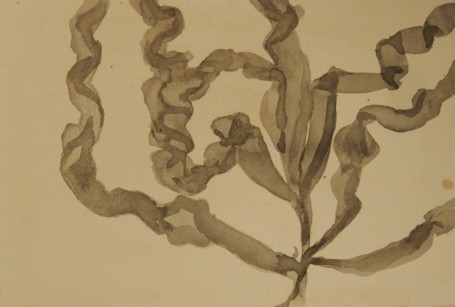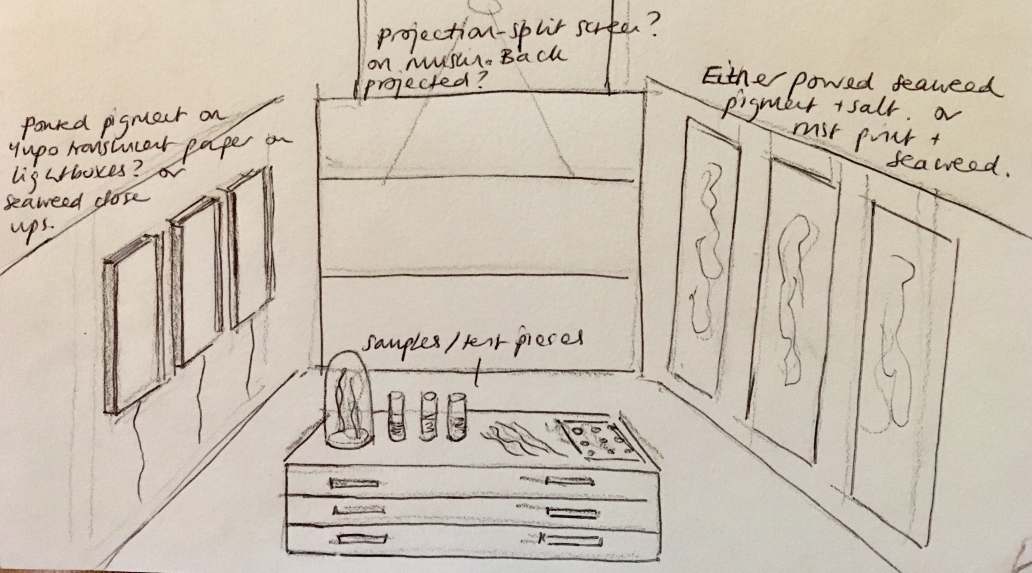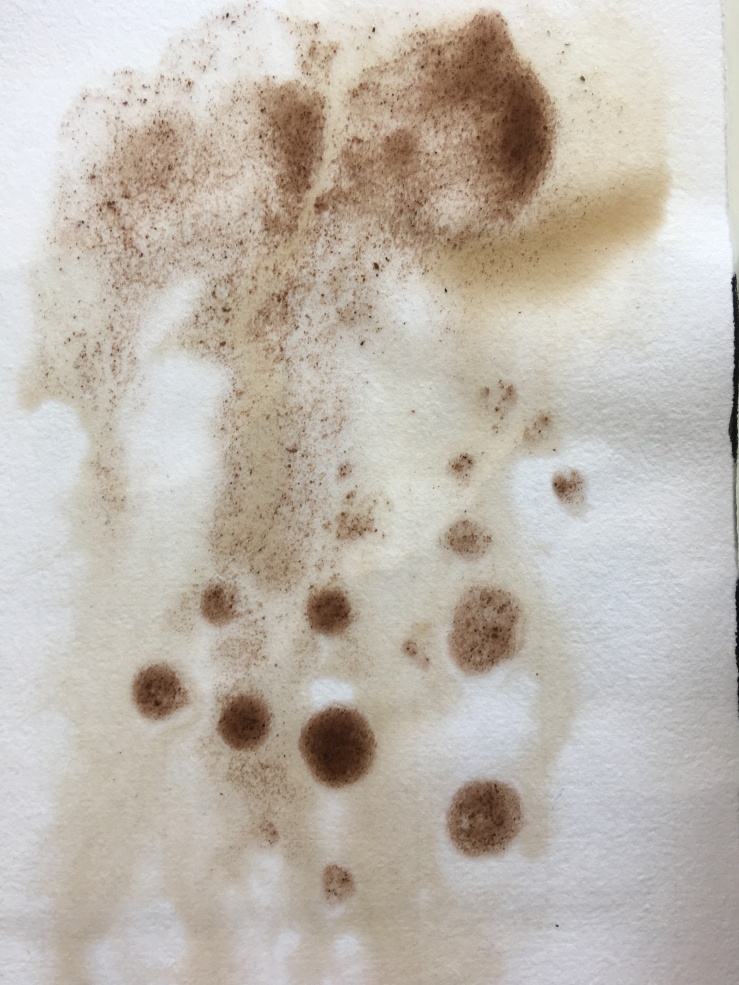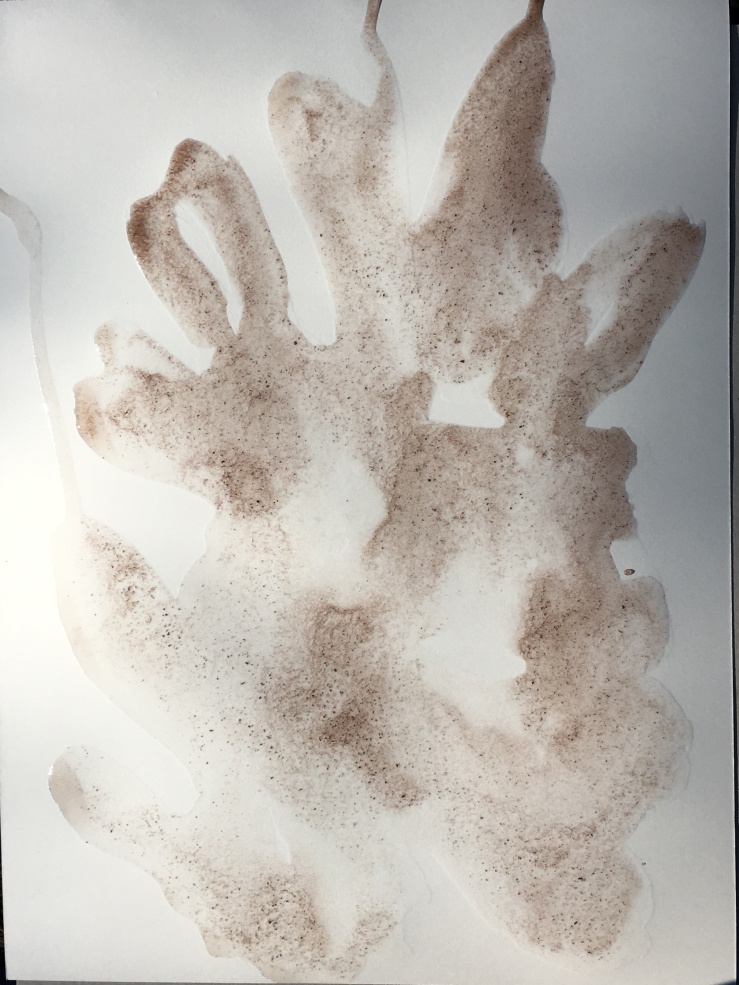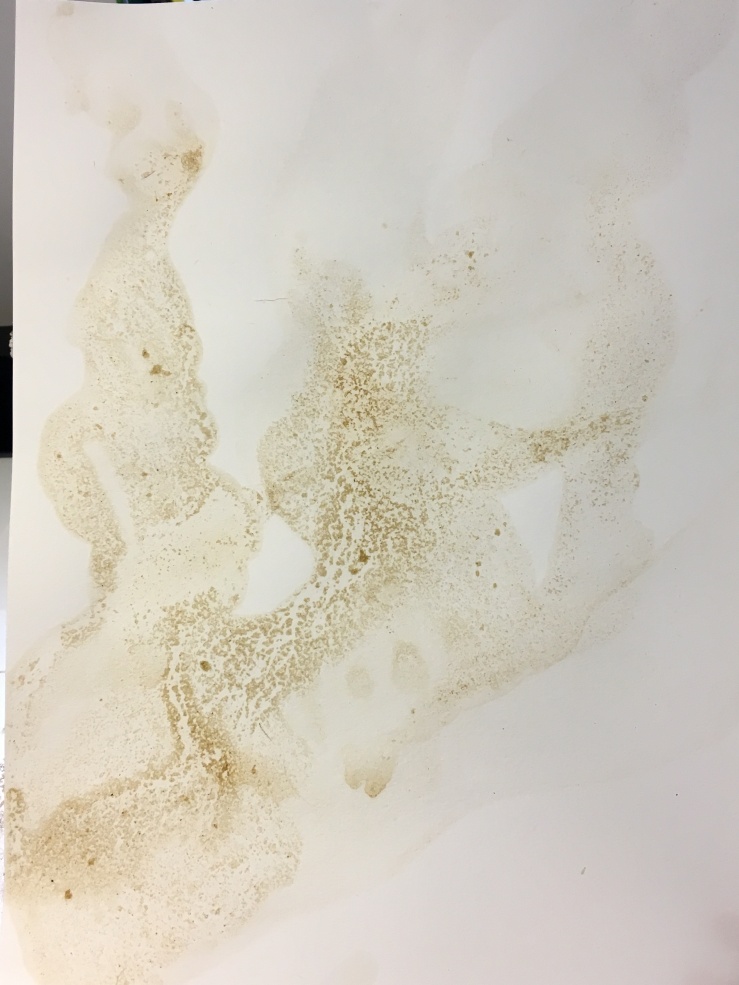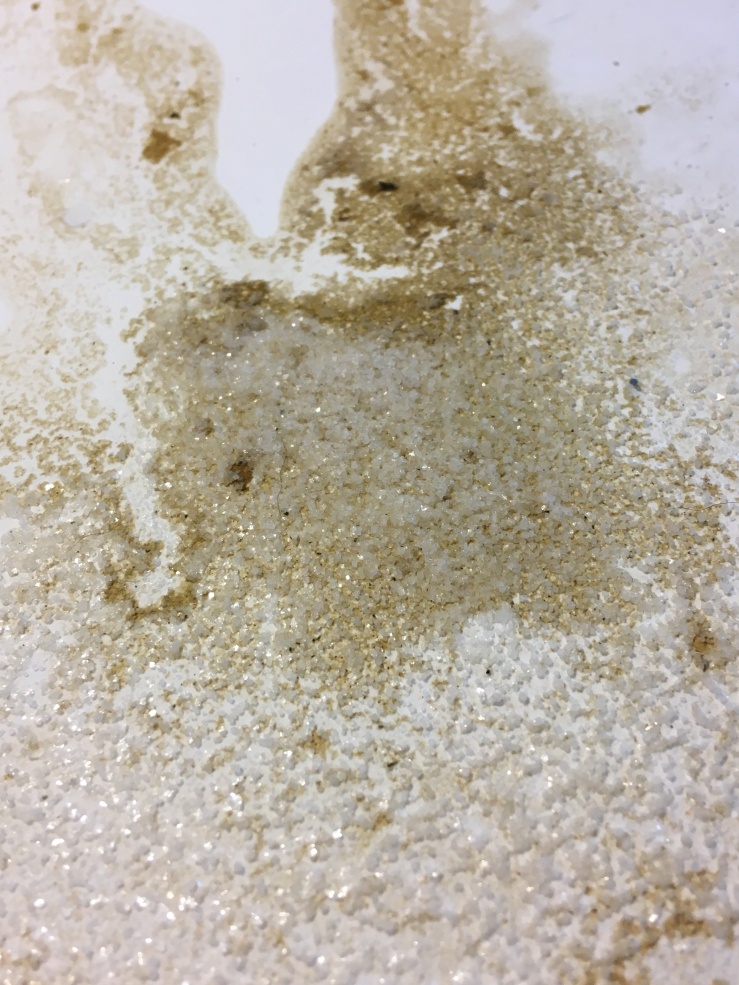Phew – at last it’s finished! I’ve been working with film and trying out projections with intermittently since February and want to recap and chart my progression towards my film for the exhibition.
‘Conjuring up a storm in ink drawing knowing the drawing will never be the same dry as wet… I flood the paper, which starts to buckle and have a topography that directs the flow the black and blue. I dissolve salt into the water; which crystallizes as it dries, then changes back to wet beads on the paper when it next rains…The drawing dries, flattens and fixes. It has become dull and the storm has passed over…..My drawing is dry. It is only a record of itself, its own flood and passing storm, its own sediment of ink particles left after the water has evaporated. Disappointed, depressed dust.’
This comment by Tania Kovats expresses my excitment about the process of making ink drawings – watching them evolve is quite magical. As she says, a lot of that magic is lost as the drawing drys, becomes permanent and fixed. The finished drawings inevitably loose some of the drawings fluidity and movement when it is wet. For this reason in late January/ February I decided to start filming my poured ink drawings. These are made by wetting the paper, in a way that responds to the seaweed that the ink is made of, then letting the ink flow and pool into the channels of the water, like Kovats I also use sea salt.
I decided to combine footage of the drawings being made with footage of seaweed in movement. I wanted the experience for the viewer to be immmersive and felt that a split screen effect would work well. I tried projecting a number of split screen options (badly photographed) – they were projected on muslin as this is a material I have been using when making the inks and I wanted something very delicate and ephemeral.
I think the version on the left worked best with 2 screens in a horizontal format. Here is a still from this film, the seaweed was filmed in my bath which has lights/ jets so that I could change the speed at which it moved and create a glow:
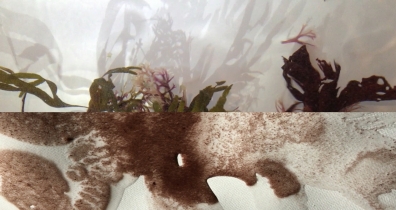 Here’s a link to the short video Slippery Ground split screen video
Here’s a link to the short video Slippery Ground split screen video
I have created a sped up video showing my process, creating one of my poured ink drawings. The videos have become part of my film.
Here’s another example – I think the video of this drawing worked particularly well, I like the way the ink flows into the channels and unfurls. It looks like it’s growing.
My film has become more complex as I wanted to incorporate the seaweed album which was my starting point, I have also filmed on location at the beaches where I collected the seaweed, particularly Burton Bradstock, Lyme Regis and Bowleaze Cove (all in West Dorset). Filming in rockpools comes with its own challenges – I soon realized it’s important to have a good idea of tide times and make sure you’re at low tide, ideally just before. At Lyme Regis I nearly got cut off with my camera and tripod as I was engrossed in videoing the rockpools and had to wade/ jump across rocks to shore! This makes my choice of title Slippery Ground which has been the title for the project for some time even more appropriate – the rocks you are standing on are often slippery, as at Lyme Regis covered in gut weed which is pretty treacherous.
I used Corel VideoStudioPro to edit my film – this is not as sophisticated as software such as Final Cut Pro or Adobe Premiere but seems to have suited my needs. I want the viewer to have a sense of a journey and feel immersed loose themselves in it – as if they are leafing through the album and peering into the rockpools themselves. I have used a lot of layering, interpersing the poured seaweed inks with the rockpool footage and stills from the album. My hand is present at a number of moments in the film, suggesting presence of the artist/ collector.
Here are a few screenshots showing the editing process – it’s taken a lot longer than I envisaged!

Here I am working out how to use the split screen tools.
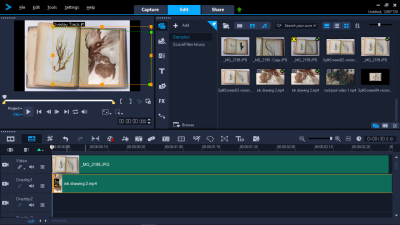
I had to fit the ink film into an aperture in the album and worked out how to use tools to resize/ distort the film to fit.
Here I am playing around with transparency and layering – I like the effect of seeing both the film and faint image of the pressed seaweed. There is something a bit Alice in Wonderland about this, as if you are falling through the album into the rockpool.
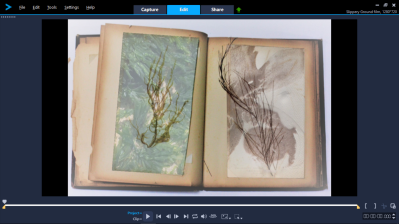
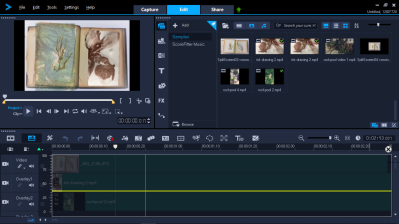
In terms of audio I had a lot of difficulty with this – I wanted to record wave and rockpool sounds but did not have access to appropriate recording equipment. Trying this on my phone was useless as there was far too much noise, picking up wind etc. I decided to deal with this by using existing audio and as I have been looking at archives, I used audio from the British Library sound archives. Although I would have liked the sound to have come from my collecting sites this seemed like a good compromise to make. This is a link to the recording in the archives: Wave recording, Cape Clear, Ireland from British Library Sound Archive
In order to make the film more personal and link back to the Victorian collectors I have researched I included several voice over recordings. One is a quote from Margaret Gatty’s British Seaweeds
Enjoy yourself thoroughly as you go, by keeping close to the sea; never minding a few touches from the last gentle waves as they ripple over at your feet. Feel all the luxury of not having to be afraid of your boots; neither of wetting nor destroying them.
The others are from a piece of automatic writing that I did, following our writing workshop with Karl Foster:
rubbery, salty, tough, slippery, slime, goo, repulsion, seductive, gelatinous, cold, wet, liquid, shining, translucent, glowing, ochre, dunn, nut brown, grey brown, sludge green, flesh, rose, delicate, torn, shrivelled, dry, crunchy, leathery, illusive, fugitive, fading, pressed, preserved, dried, ground, boiled, heating, blended, ink, fluid, salt, childhood, games, beach combing, collecting, playing, exploring, immersion, fascination, documenting, samples, testing, ordering, reordering,
I think that this puts across the focus on the senses, materials and experimentation.
Lastly – I have listed the common and latin names of seaweeds commonly found in the British Isles.
Here is a link to the finished film:




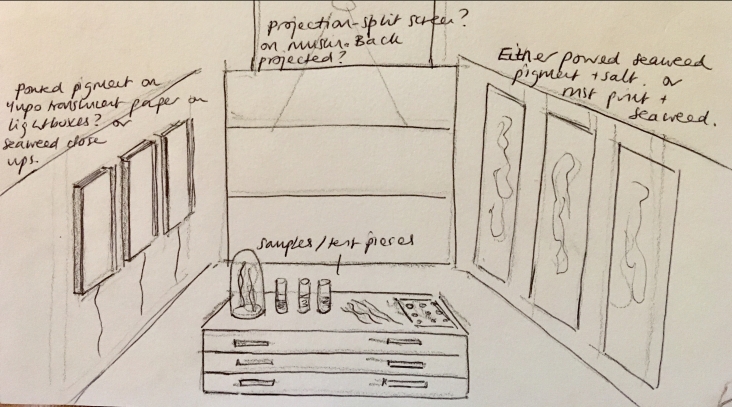
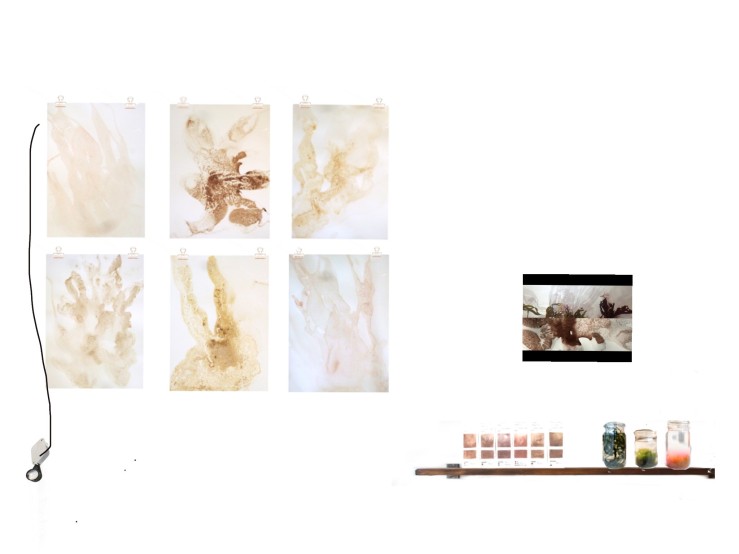












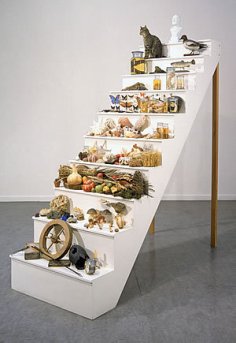 Through writing my essay, and examining ideas of taxonomy, as well as the work of Mark Dion, I decided to add a ladder to my installation. This ‘Seaweed Collectors of The British Isles‘ ladder (pictured above) includes the names of the female collectors that I have researched – Amelia Griffiths, Mary Wyatt, Anna Atkins, Margaret Gatty, and my Great, Great Grandfather John Mann, whose album started off my investigation in the first place. This is not supposed to be a comprehensive list, but the figures who have shaped my enquiry. I have written their names and dates on each rung. Dion’s Scala Naturae, (1994). The ladder is a metaphor for ordering and in my work for change/ revision as there is an implicit invitation to the viewer to climb it and move the installation. It is also intended to suggest the ongoing nature of collecting and ordering.
Through writing my essay, and examining ideas of taxonomy, as well as the work of Mark Dion, I decided to add a ladder to my installation. This ‘Seaweed Collectors of The British Isles‘ ladder (pictured above) includes the names of the female collectors that I have researched – Amelia Griffiths, Mary Wyatt, Anna Atkins, Margaret Gatty, and my Great, Great Grandfather John Mann, whose album started off my investigation in the first place. This is not supposed to be a comprehensive list, but the figures who have shaped my enquiry. I have written their names and dates on each rung. Dion’s Scala Naturae, (1994). The ladder is a metaphor for ordering and in my work for change/ revision as there is an implicit invitation to the viewer to climb it and move the installation. It is also intended to suggest the ongoing nature of collecting and ordering.



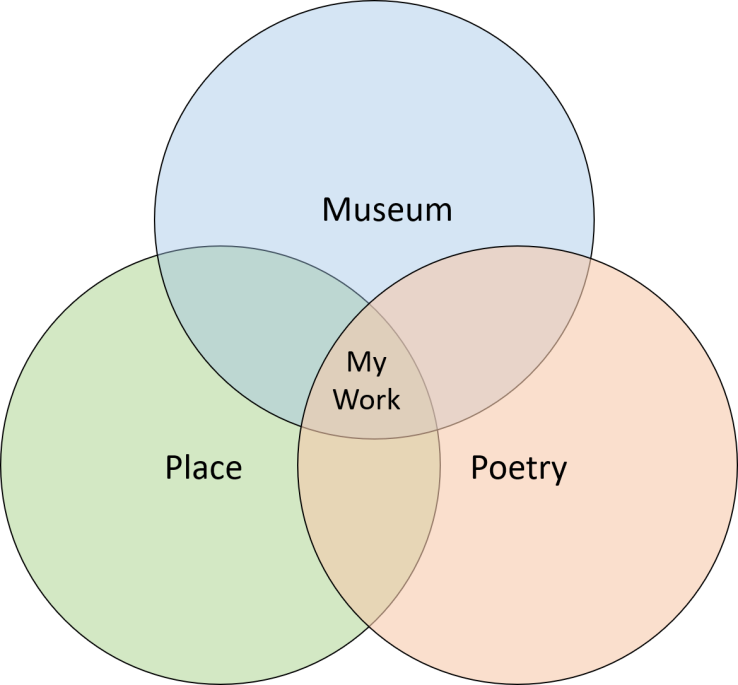





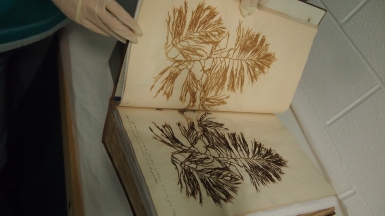 A couple of things which struck me – the beauty of the pressed specimen and the contra
A couple of things which struck me – the beauty of the pressed specimen and the contra









